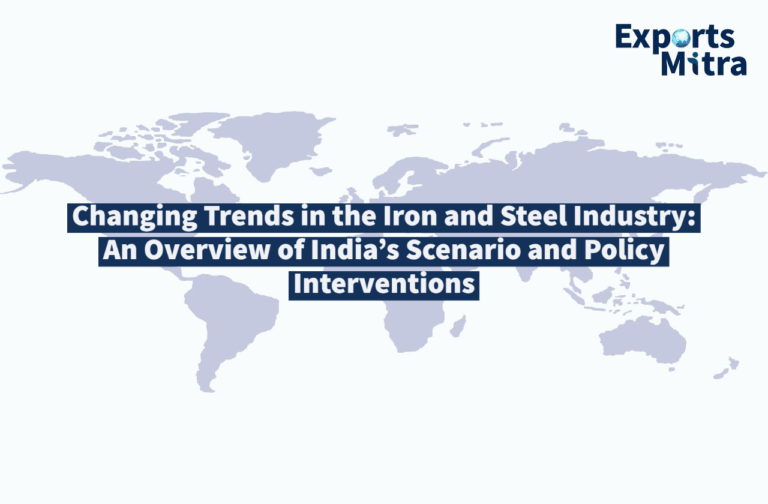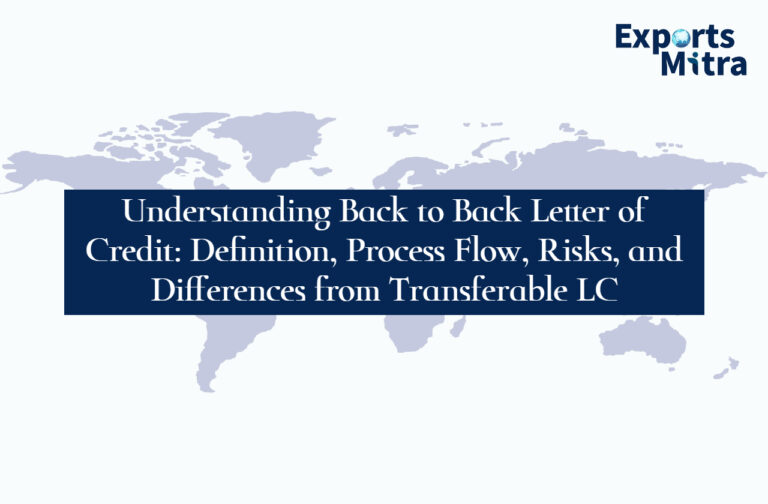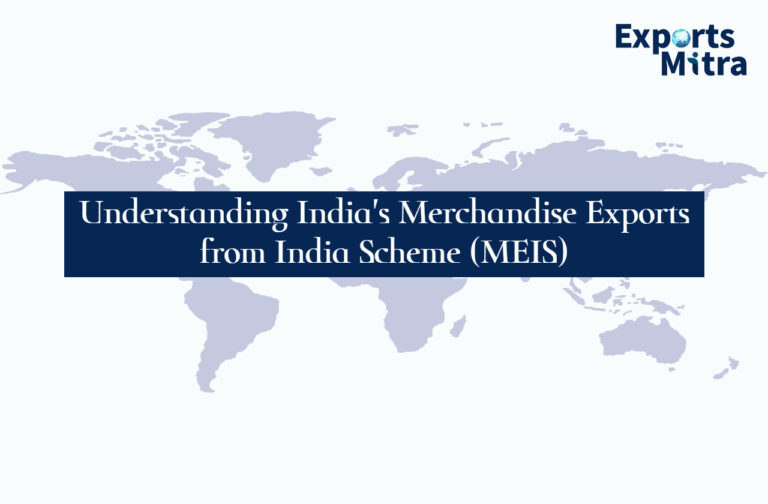India and the United Kingdom signed a landmark Comprehensive Economic and Trade Agreement (CETA) on July 24, 2025, sealing one of the most consequential trade pacts in recent decades. The deal, finalized after more than three years of negotiations, is designed to double bilateral trade flows to over USD 112 billion by 2030, while reshaping investment and supply chain linkages between Asia’s third-largest economy and post-Brexit Britain.
The agreement was inked during Indian Prime Minister Narendra Modi’s official visit to London, alongside UK Prime Minister Sir Keir Starmer. For India, this represents its first major trade pact outside Asia, and for Britain, it is being described as the most significant trade agreement since leaving the European Union.
Tariff Cuts on Both Sides
Under the pact, 99% of Indian exports to the UK will enjoy duty-free access. This covers labor-intensive sectors such as textiles, leather, marine products, gems and jewellery, auto components, and organic chemicals. Analysts expect the move to boost India’s employment-heavy industries and give exporters in Tiruppur, Surat, Ludhiana and Moradabad a sharper competitive edge in Europe.
For the UK, nearly 90% of its exports to India will benefit from phased tariff reductions. The most high-profile concessions:
- Scotch whisky and spirits: Duties, currently exceeding 150%, will be cut by half immediately, and further reduced to around 40% within 10 years.
- Automobiles: Tariffs topping 100% on luxury cars will be reduced to around 10% under quota arrangements.
- Cosmetics, aerospace components, medical devices, and pharmaceuticals will gain preferential market entry in India’s consumer-driven economy.
Services, Mobility and Social Security
Beyond goods, the CETA is structured to liberalize services trade — a sector critical to both nations. The UK gains enhanced access for its financial, legal, professional, education, and IT-enabled services, while India secures visa and work mobility concessions for its skilled professionals.
Categories include engineers, architects, chefs, musicians, and yoga instructors, easing access to the UK labor market. Importantly, both governments agreed to a three-year exemption from double social security contributions — a measure long sought by Indian IT companies with significant staff deployments in Britain.
Institutional and Legal Safeguards
The agreement establishes a Joint Committee and multiple subcommittees to oversee implementation, covering goods, services, and sustainability. Dispute settlement procedures are aligned with WTO norms, and flexibilities are built in for balance-of-payments emergencies. Sensitive areas like direct taxation remain excluded.
British firms also gained selective access to Indian government procurement, particularly in clean energy, infrastructure, and transport projects, signaling greater openness in India’s traditionally closed procurement regime.
Sectoral Impacts
- Textiles & Apparel: With tariffs of 8–12% removed, India’s exporters are projected to see 30–45% growth in volumes by 2030, positioning the country more competitively against Bangladesh and Vietnam in the UK market.
- Chemicals & Pharma: Duty reductions are expected to push Indian specialty chemical exports past USD 1 billion annually by the end of the decade.
- Fashion & Luxury: UK luxury brands, previously priced out of India due to tariffs above 100%, will now enter at more competitive levels. Conversely, Indian artisan and designer brands gain an easier path into the British retail ecosystem.
- MSMEs: Small and medium enterprises in India stand to benefit from lower compliance barriers and better market access, particularly in consumer goods and engineering.
Political and Strategic Context
Negotiations began in January 2022, with an ambitious “Diwali 2022” deadline initially floated by both sides. Talks stalled multiple times over whisky tariffs, mobility rights, and labor protections, but gathered pace in 2024 and were finalized in May 2025 after 13 negotiating rounds.
For New Delhi, the deal is part of a strategic diversification of trade ties beyond Asia, balancing China’s dominance in global supply chains. For London, it marks a critical post-Brexit economic anchor, offering access to one of the world’s fastest-growing large markets.
Ratification and Implementation
The agreement is signed but not yet in force. Both countries must ratify it through domestic parliamentary processes. Officials on both sides suggest implementation could begin by mid-2026, with tariff schedules and service protocols phased in thereafter.
Analysts warn that execution will be critical: “This is a milestone deal on paper, but its true test lies in how effectively regulatory barriers, logistics bottlenecks, and non-tariff measures are addressed,” said a senior trade economist at a Mumbai think tank.
Market Outlook
The India–UK CETA is expected to:
- Boost investment flows in manufacturing, digital trade, and green energy.
- Deepen capital market linkages, particularly in fintech and financial services.
- Support supply chain realignments, as companies look for China-plus-one strategies.
Equity analysts predict beneficiaries will include Indian textile, jewellery, and chemical exporters, while UK-listed distillers, automakers, and fashion retailers could see stronger sales growth in India’s urban markets.
Bottom Line
The CETA between India and the UK marks a rare win-win in global trade diplomacy. It opens doors for exporters, lowers consumer costs, and strengthens strategic ties between two major democracies. If implemented effectively, it could emerge as a blueprint for how economies outside traditional trade blocs pursue growth and resilience in a fragmented global order
View the agreement here India – United Kingdom Comprehensive Economic and Trade Agreement (CETA)





